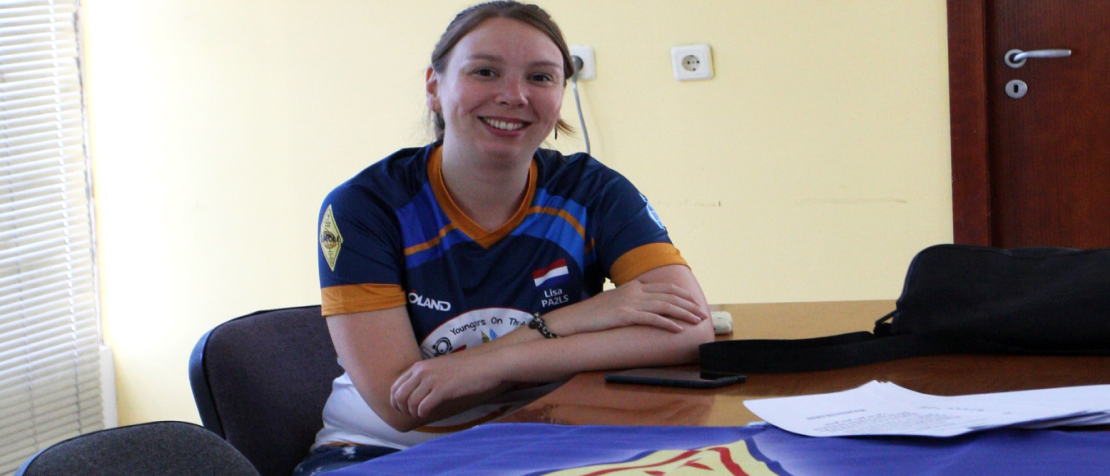
Home but never alone: Celebrating World Amateur Radio Day
Early last year, when the outbreak of coronavirus (COVID-19) first pushed much of the world into lockdown, one traditional – some might even say old-fashioned – hobby experienced a spectacular revival. Amateur radio lets people interact socially, intensively, without ever meeting in person.
In those early days and weeks of the pandemic, radio amateurs reached out to each other spontaneously via the airwaves at the local, national, and global levels.
These days, local clubs in Europe and other regions are meeting on-the-air, more frequently than they have in decades, providing familiar, friendly voices, as well as regular check-ins on those, such as the elderly, who may be confined at home. Special event stations, mostly transmitting from people’s homes, shared the message “Stay Safe” in dozens of countries and languages, reminding us all to help limit the spread of the virus. Over the past year, on-air activity has reached unprecedented levels. Amateur radio contests are attracting record-breaking numbers of entries.
Today, the hobby is more popular than ever, with more than 3 million licensed operators worldwide, according to the International Amateur Radio Union (IARU).

Ham radio operator. Image credit: Otava Tuomi.
Sociable distancing
Amateur radio is magic. I remember how, as a small child, I would hear voices from all over the world coming out of my father’s transceiver.
It all happened with just a simple wire antenna located in our garden. And it inspired me to pursue my own license, which I obtained by age 13.
Licensed operators can engage in the hobby in many ways: making contacts near and far, entering contests, and – when conditions allow – travelling to remote countries to help keep on-air activity going. Building and maintaining your own radio equipment is a whole other aspect. While amateur radio is a technical hobby, most radio operators come to be captured by the social aspect. The key is to meet people sharing similar interests. Before COVID-19, operators would gather from all over the world at major club meetings and fairs, often the occasion to meet on-air friends in person for the first time. While in-person meetings are now on hold, the essential on-air interaction continues.
18 April: World Amateur Radio Day
On this day in 1925, the IARU was formed in Paris. Since then, on 18 April every year, radio amateurs worldwide have taken to the airwaves to celebrate World Amateur Radio Day.
Amateur operators had discovered the potential of the short-wave spectrum, previously overlooked in the development of radiocommunications. Yet in the rush that followed to use these shorter wavelengths, amateur radio operators were “in grave danger of being pushed aside,” notes the IARU’s official history. Two years later, at the International Radiotelegraph Conference of 1927, amateur radio received the radio frequency spectrum allocations – 160, 80, 40, 20, and 10 meters – still recognized today.
Expanding allocations and membership
The IARU has subsequently succeeded in expanding the frequency allocations for amateur radio, so that amateur radio operators are now able to experiment and communicate in specified frequency bands throughout the radio spectrum.
From 25 founding countries in 1925, the IARU has grown to include 160 member-societies in three regions.
IARU Region 1 includes Europe, Africa, the Middle East, and Northern Asia; Region 2 covers the Americas; and Region 3 is comprised of Australia, New Zealand, the Pacific island nations, and most of Asia. The International Telecommunication Union (ITU) recognizes the IARU as the global representative for the interests of amateur radio. Learn more about IARU Region 1 here. Hear Lisa Leenders speak about her amateur radio experience on ITU’s Technology for Good podcast here.
Header image credit: Lisa Leenders
